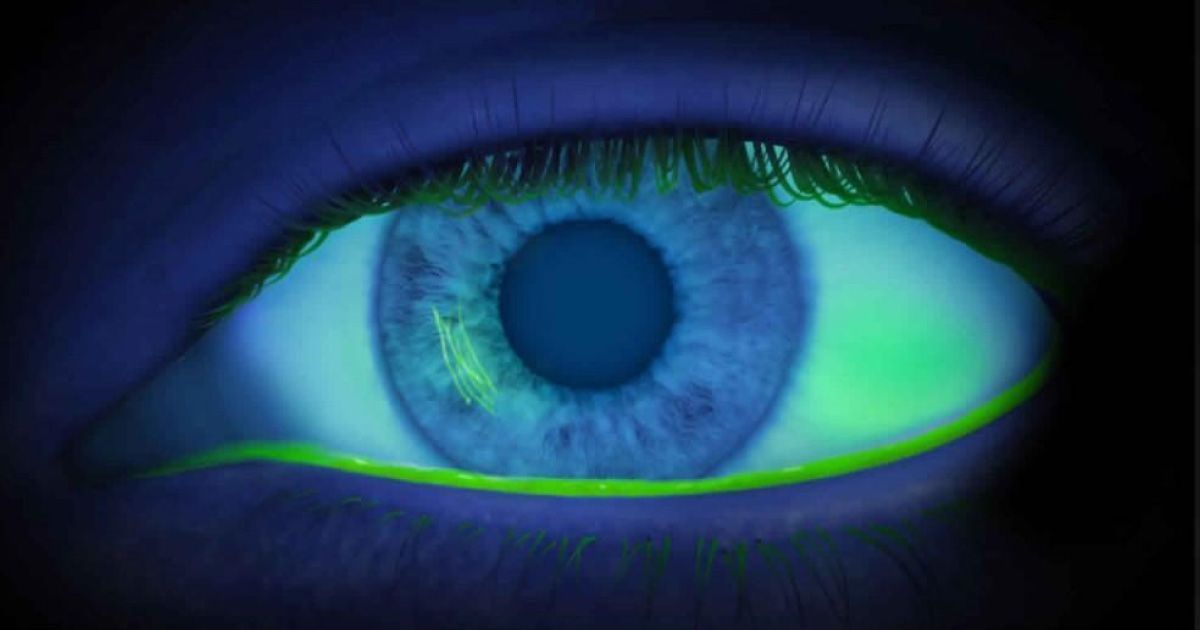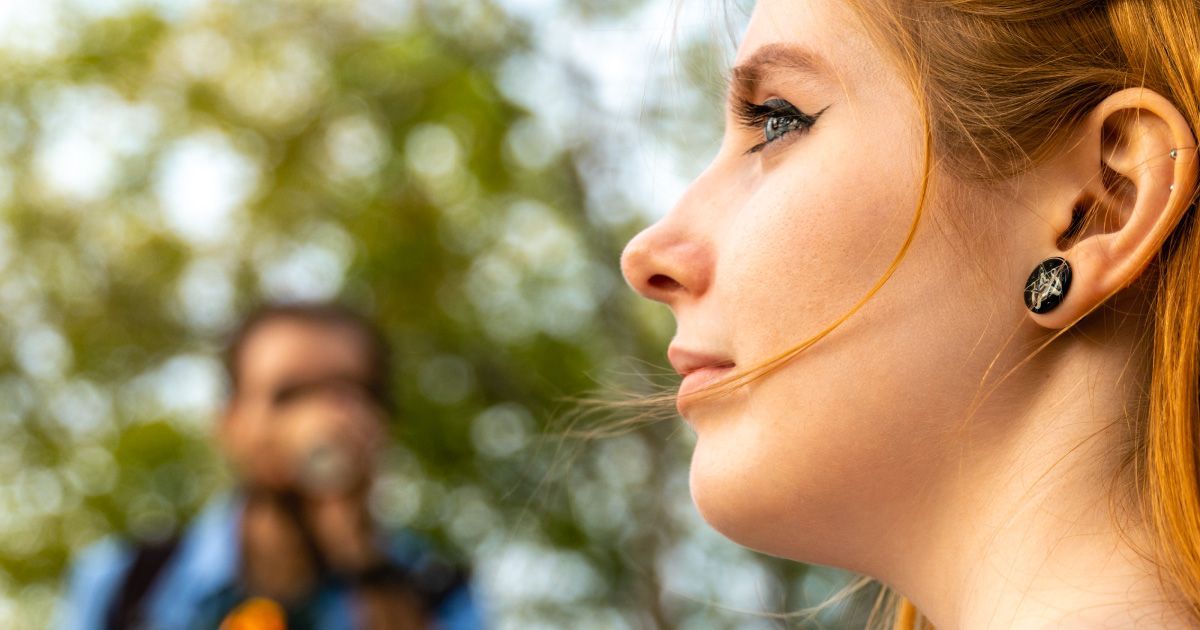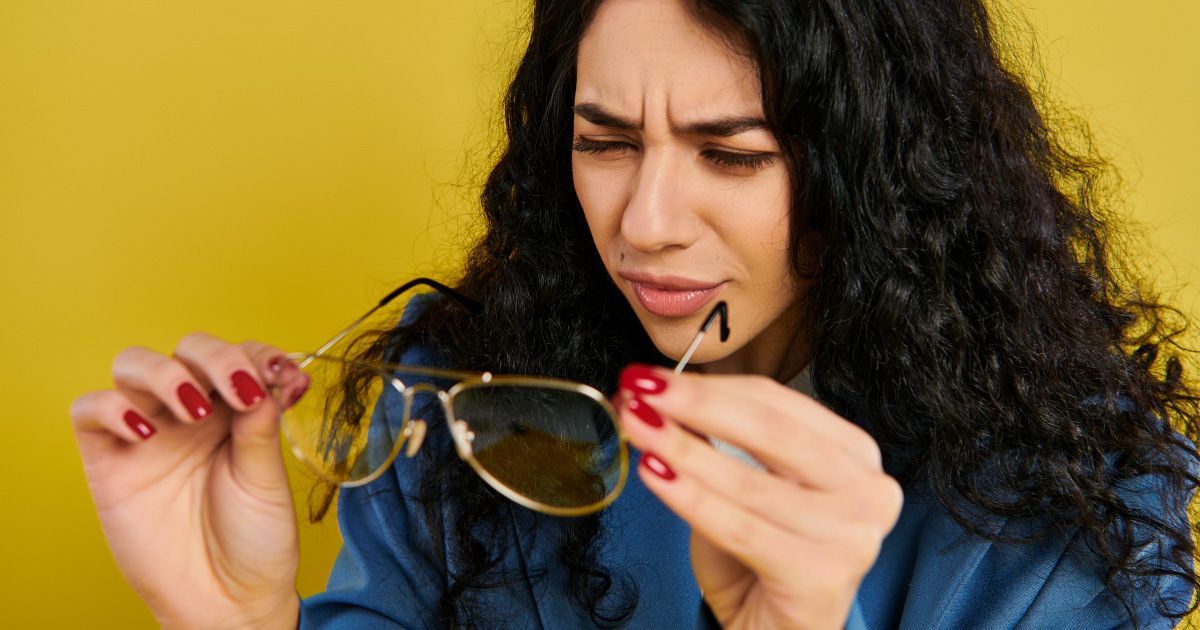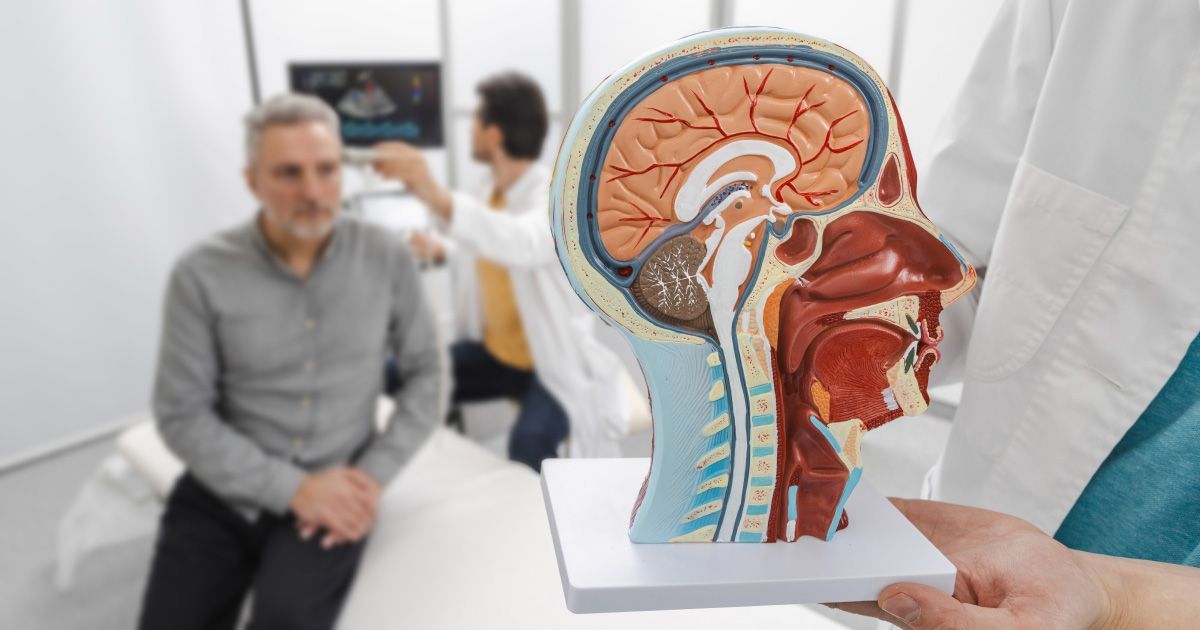Corneal Abrasions: Causes, Symptoms, and How to Protect Your Eyes

Read time: 5 minutes
The cornea is the clear, dome-shaped surface at the front of the eye. It plays two essential roles: focusing light for sharp vision and protecting the eye’s delicate inner structures from debris and infection. Because it is both exposed and highly sensitive, the cornea is especially vulnerable to injury. A scratch or scrape on its surface is known as a corneal abrasion.
While many abrasions are minor and heal quickly, they can cause significant discomfort and may lead to complications if left untreated. Knowing the causes, symptoms, and treatments can help you protect your vision and respond appropriately if an injury occurs.
What Is a Corneal Abrasion?
A corneal abrasion is a scratch or scrape on the epithelium, the thin outer layer of the cornea. This surface contains numerous nerve endings, which explains why even small abrasions often cause sudden, sharp pain. Along with discomfort, abrasions can also blur vision until the surface has healed. You can find out more about corneal abrasions in this article from Harvard Health Publishing.
Common Causes
Corneal abrasions often happen in everyday life, from something as simple as rubbing the eye too hard to environmental hazards at work or outdoors. Some of the most common causes include:
- Foreign particles such as dust, sand, or metal shavings entering the eye
- Accidental scratches, often from fingernails or makeup brushes
- Improper contact lens use, including wearing them overnight or with poor hygiene
- Paper cuts from envelopes or books
- Tree branches or leaves encountered outdoors
- Workplace hazards, especially when protective eyewear is not used
Symptoms to Watch For
Because the cornea is so sensitive, symptoms usually appear immediately. These may include:
- Sudden eye pain, especially noticeable when blinking
- Redness, tearing, and excessive blinking
- A persistent sensation of something in the eye (foreign body sensation)
- Light sensitivity (photophobia)
- Blurred or decreased vision
- Difficulty keeping the eye open
These symptoms can overlap with other conditions, including corneal infections, so a professional exam is recommended rather than self-diagnosis.
Diagnosis
Eye doctors typically use a slit-lamp microscope to examine the cornea in detail. They may also apply a fluorescein dye, which makes scratches more visible under blue light. This exam helps confirm the abrasion and check for any trapped foreign objects. In more serious cases, or if caused by high-velocity particles, additional imaging may be used.
Treatment and Healing
Most corneal abrasions heal within 24 to 72 hours. Treatment focuses on pain relief, preventing infection, and supporting the natural healing process. Depending on the injury, your doctor may recommend:
- Lubricating drops or ointments to ease irritation
- Antibiotic drops to prevent infection (especially important for contact lens wearers)
- Prescription drops to relax eye muscles and reduce pain in some cases
- Avoiding contact lenses until healing is complete
- Protective eyewear to prevent further trauma
Eye patches are rarely used today, and steroid drops are generally avoided during the initial healing period since they can slow recovery.
Special Considerations for Contact Lens Wearers
Contact lenses increase the risk of both abrasions and infections. Wearing lenses too long, handling them without proper hygiene, or sleeping in them can scratch the cornea and create conditions for bacterial growth. If you wear contacts and develop sudden eye pain, redness, or blurry vision, remove the lenses immediately and see your eye doctor. Continuing to wear contacts over an abrasion can worsen the injury and delay healing.
When to Seek Medical Care
Even if symptoms seem mild, it’s best to have corneal abrasions evaluated by an optometrist or ophthalmologist. Seek prompt care if:
- Pain lasts longer than 24 hours
- Vision becomes increasingly blurry
- Sensitivity to light worsens
- There is discharge, swelling, or signs of infection
- You have a history of recurrent corneal erosions
Without treatment, abrasions may lead to complications such as corneal ulcers or scarring, both of which can cause permanent vision changes.
Prevention
Many abrasions are preventable with good habits. Steps you can take include:
- Wearing protective eyewear during high-risk activities like construction, sports, or yard work
- Handling contact lenses with clean hands and avoiding overnight wear unless prescribed
- Replacing eye makeup tools regularly and keeping them clean
- Avoiding rubbing your eyes, especially in dusty or dry environments
- Using artificial tears to keep the eyes hydrated
The Takeaway
Corneal abrasions may be common, but they should never be ignored. With proper treatment, most heal quickly and without lasting effects. However, untreated abrasions can progress into serious eye conditions that permanently affect vision.
Whether from contact lenses, workplace exposure, or everyday accidents, protecting your cornea is essential to safeguarding your eyesight.
Learn more about other corneal conditions in this article from the National Eye Institute.
Share this blog post on social or with a friend:
The information provided in this article is intended for general knowledge and educational purposes only and should not be construed as medical advice. It is strongly recommended to consult with an eye care professional for personalized recommendations and guidance regarding your individual needs and eye health concerns.
All of Urban Optiks Optometry's blog posts and articles contain information carefully curated from openly sourced materials available in the public domain. We strive to ensure the accuracy and relevance of the information provided. For a comprehensive understanding of our practices and to read our full disclosure statement, please click here.


















